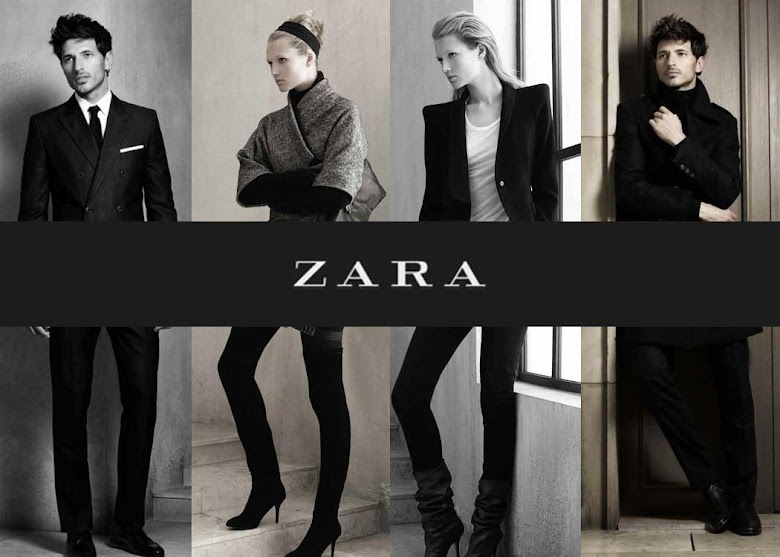“When I saw her sitting in the car, I knew it was McQueen and for the first half hour I couldn’t stop crying — it brought home how much I miss him,” said Alexander McQueen’s sister Janet McQueen of the “bittersweet” experience of watching the royal wedding last week.
The sweet serenity of that pristine lace dress is a far cry from the work shown in the exhibition, which celebrates McQueen’s wild, unfettered and dark imagination: gothic Victoriana, dresses tufted with blood-red feathers, decorated with dying flowers or rattling with clamshells. The weird, wonderful accessories alone send a tingle down the spine — especially when horns appear as protuberances from the shoulders, or platform shoes seem like organic growths.
Even the exhibition’s book cover has a chilling image of Lee (his original name) McQueen sliding between photos of his face and that of a skull. He committed suicide in February 2010 at age 40.
However disturbing the exhibits, “Alexander McQueen: Savage Beauty” was promised an exceptional opening gala. The designer’s passion for nature in the raw and for his Scottish roots were expressed by the florist Raúl Àvila, who lined the museum’s massive stairway with heather and decorated the Temple of Dendur with boxwood hedges and topiary birds. Dining tables were fashioned from wood trestles balanced on tree stumps and the British group Florence and the Machine was enlisted as the entertainment.
The hosts for the gala on Monday were Anna Wintour, the Vogue editor and Met fund-raiser (who called the exhibition “astonishing”), and the actress Salma Hayek and her husband, François-Henri Pinault, the owner of the McQueen brand. Colin Firth, the star of “The King’s Speech,” and Stella McCartney, a close friend, were co-hosts.
“Lee would be so proud — and I bet he is up there looking down,” said Ms. McCartney, while Daphne Guinness, who bought the McQueen collection of his muse, the late Isabella Blow, planned a live tribute by dressing for the gala in the store windows of Barneys New York.
The show, curated by Andrew Bolton, opens in the McQueen heartland: tailoring. The technique was evident from the first curving jackets at the designer’s 1992 graduation show from St. Martin’s College of Art and Design, inspired by Jack the Ripper. It was typical of Mr. McQueen that the barely decent “bumpster” pants (which began a worldwide craze for hip-slung trousers) were a product of skills he learned working on London’s Savile Row.
Mr. Bolton’s aim is to get to the soul of the McQueen creativity — a dark side of the romantic movement.
Accompanied by the soaring sounds of a Mozart adagio or more threatening show music, the exhibition looks at the underbelly of prim Victoriana. Its padded corsets in the royal wedding style are given a mourning glory with shades of mauve or with a 2003 cape billowing in a wind tunnel. Even the backdrops, designed by the McQueen production team of Joseph Bennett and Sam Gainsbury, express a foggy gloom with their gray-speckled mirrors. For the tartan dresses and for the infamous 1995 Highland Rape collection of torn dresses and half-naked bodies, a wooden backdrop is savagely smashed.
The centerpiece is a cabinet of curiosities, where boxed shelves focus on wild and often vicious accessories, like the jewelry of Shaun Leane. Above the displays, videos from dramatic, disturbing McQueen shows run continuously.
There are streaks of sadomasochism and misogyny in Mr. McQueen’s work. The concept of using as a model a woman with prosthetic legs or of having a robot squirt paint viciously over a dress still seems discomforting. And Sarah Burton adds a further menacing note when she explains that a robotic Perspex armor-like shell worn by a model in a Givenchy collection designed by Mr. McQueen could have electrocuted the person wearing it.
But whatever the reaction to these videos, no one could argue about Mr. McQueen’s sensational showmanship and his exceptional techniques.
The hologram of Kate Moss is as extraordinary in its mini-version as it was in the 2006 Paris show. And the workmanship displayed in sections that Mr. Bolton calls “Exoticism” (with Japanese references) and “Primitism” (such as the Masai necklets) prove just how much Mr. McQueen learned while working in Paris couture for Givenchy.
Was Mr. McQueen really an artist who just happened to work in cloth? Mr. Bolton might have discussed the designer’s place in the British art scene, alongside the Chapman brothers, or compared his fascination with nature’s decadence with that of Damien Hirst. Instead, we get Sarah Jessica Parker’s breathless and witless take on the McQueen style.
Few of the clothes on display seem to be a wardrobe proposition. The show would have been less dramatic but more comprehensible had Mr. Bolton traced how Mr. McQueen’s extraordinary ideas could be turned into streamlined clothing. The curator might also have focused more on Mr. McQueen’s modernity. The powerful Plato’s Atlantis collection of 2010 was live-streamed by a designer whose obsessive blogging underlined his urge to speak directly to his generation.
But the show is exciting, stimulating and thought-provoking — and a raw vision of the wild McQueen imagination that Ms. Burton did not quash, but tamed, in the royal wedding dress.



No comments:
Post a Comment